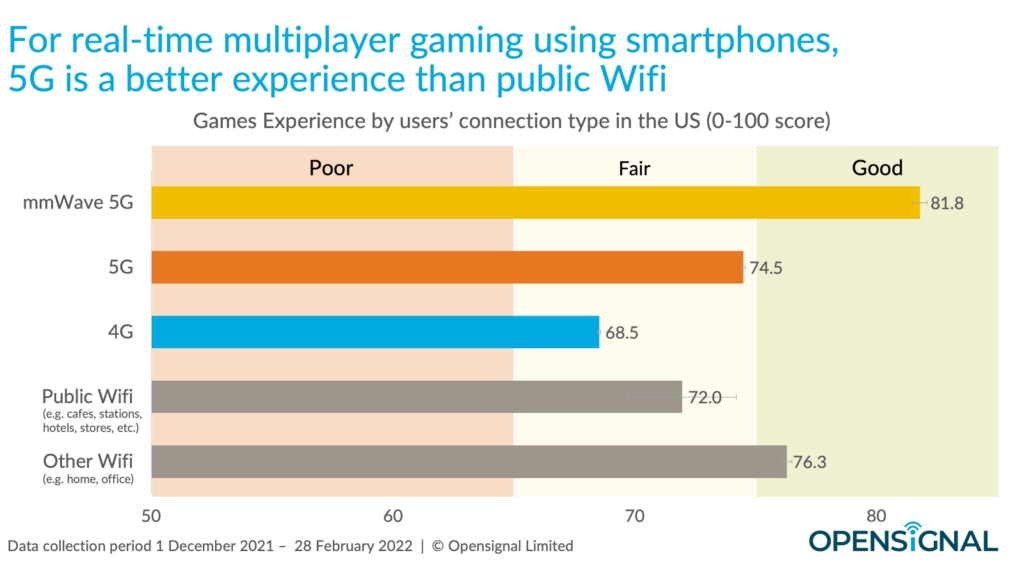Researchers are making significant strides in controlling errors in quantum computers, moving them closer to becoming practical devices. A recent collaboration between Microsoft and Quantinuum has made a major advancement in this area.
Current quantum computers are limited by noise, hindering their computational capabilities. Error correction is crucial for unlocking the full potential of quantum technology, but it is challenging due to the nature of quantum states.
By implementing error correction codes that create logical qubits from physical qubits, researchers have made progress in detecting and correcting errors without compromising the information. Previously, it was believed that creating a logical qubit required around 1,000 physical qubits, posing a significant challenge given the current limitations of quantum processors.
However, recent breakthroughs have shown that it is possible to generate multiple logical qubits from a smaller number of physical qubits. Researchers have demonstrated the creation of 48 logical qubits from just 280 physical qubits, and further advancements have led to error suppression by a factor of 800, enabling error-free computations.
Microsoft and Quantinuum’s collaboration showcased the ability to create and utilize logical qubits effectively, achieving remarkable error rates and conducting thousands of experiments without errors. This development has been described as groundbreaking by experts in the field.
Utilizing innovative error correction techniques, the researchers were able to diagnose and correct errors without compromising the logical qubits. This approach marks a significant leap forward in the quest for reliable quantum computing.
While the current error correction scheme has shown impressive results, the ultimate goal is to create logical qubits with minimal error rates to enable powerful quantum computers. This recent progress signifies a new era in quantum computing, hinting at the potential for more rapid advancements in the field.
Image Credit: Quantinuum H2 quantum computer / Quantinuum



